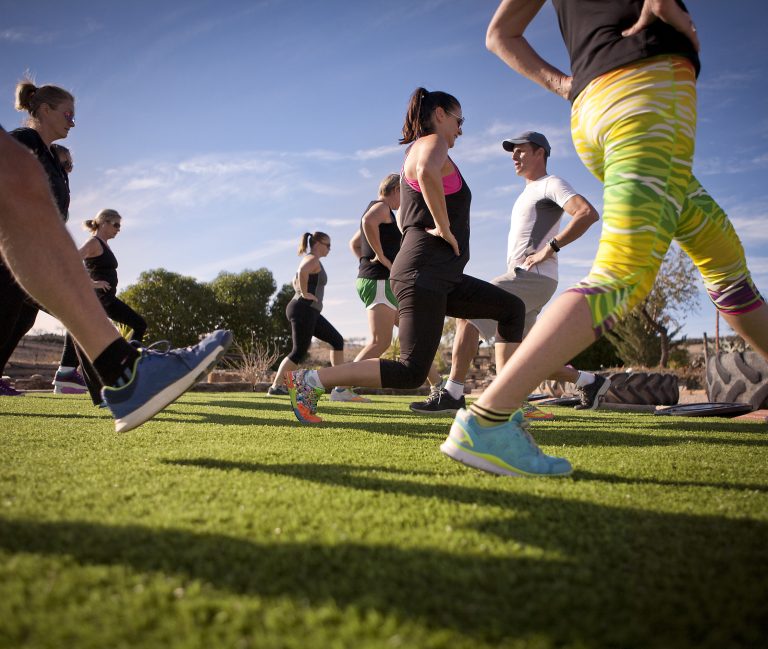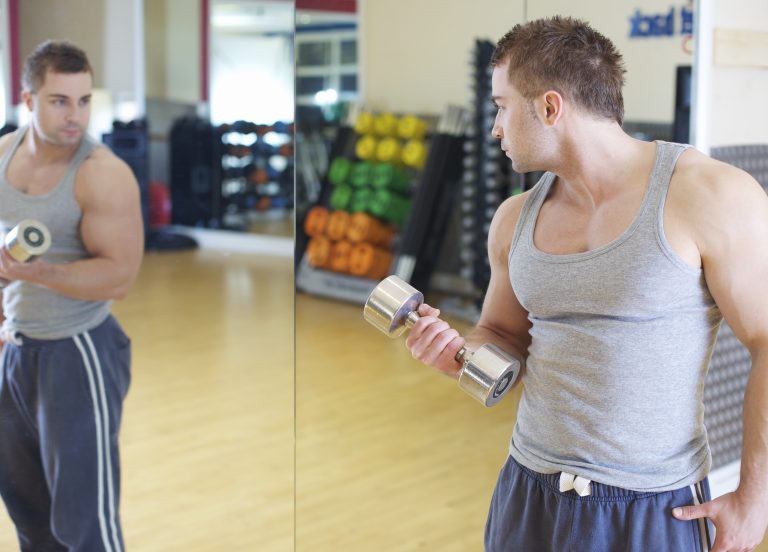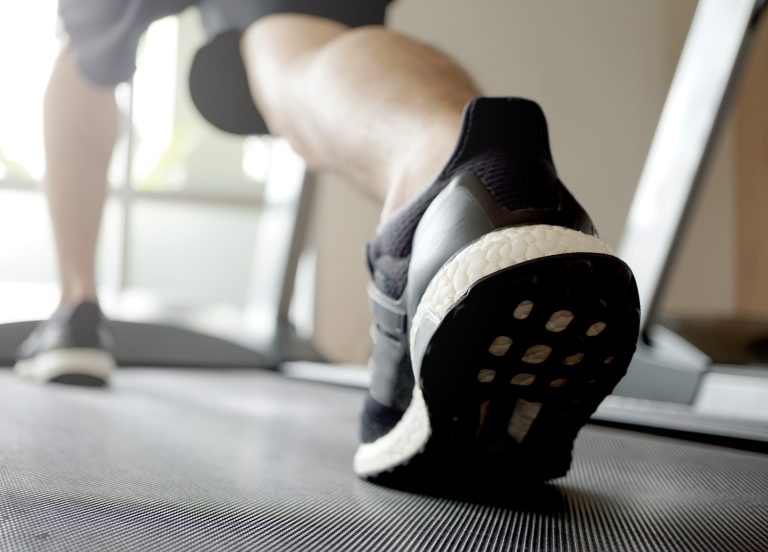Make Coordination and Variability a Priority
Key message 1: Coordination plays a key role in our having ease of movement and staying injury free
Key message 2: We can improve our coordination
Key message 3: We also need variability in the tasks or exercises we undertake.
Coordination is what makes some people move with ease, grace and fluidity while others’ movement appears laboured, difficult, and sometimes painful.
Good coordination really amounts to the activation of the right muscles, in the right sequence, at the right time for the performance of a particular task and helps to keep us pain free and avoid injury. It also contributes to other motor abilities such as mobility, stability, balance, and strength (sport-specific strength training can be described as coordination against resistance*).
Coordination, therefore, should be a prime training objective.
Coordination can be improved with any task, movement, or exercise using tweaks in the way in which the task/movement is done, and then progressively tweaking back towards the intended task. It requires practice and repetition.
A practical application might be improving coordination during an forward lunge. Initial tweaks might involve holding the back of a chair or wall while lunging; starting with stepping and progressing to a lunge; stepping out wide; adding a hand reach across the body.
But coordination alone is not enough. It will not prepare you for the unpredictable or unaccustomed – having your children jump on and hang off you (a particular favourite of my girls), tripping up or stumbling, changes in terrain or training surface. For these things we need adaptability, and to acquire adaptability we need to vary the exercises or tasks we do, and the way we do them.
What might that mean in practice?
If you like to squat at the gym, then you might vary the way you squat: play with foot position – staggered, wide, narrow, toes in/out; vary the weights you use: hand weights, bar, medicine ball; vary the rate and rhythm of the squat; take small steps within the squat position – lateral, forward, backward etc.
If you go to a Pilates class and the exercises are the same every week then maybe try a different class.
If you are digging, weeding, or raking the garden, try to vary the way you work, even if it is only a slight change to the way your body would prefer to perform the task.
For a more significant challenge to your coordination try a dance or Zumba class.
Or just play – with the kids or grandchildren, frisbee, hula!
The upshot is that just as we need to keep challenging our brains in new and interesting ways in order to keep our memories and other cognitive functions sharp, so we need to stimulate our motor system in new and interesting ways in order to stay physically sharp.
Use it or lose it!
* Frans Bosch – Strength Training and Coordination: An integrative Approach






